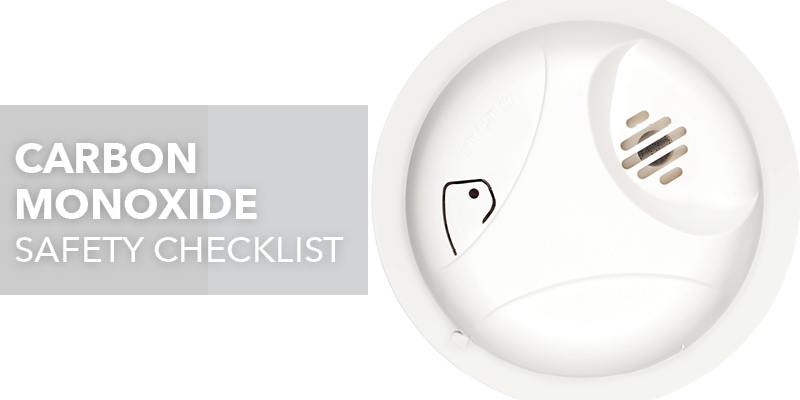
Aire Serv highlights essential carbon monoxide safety steps for homeowners.
- Install CO detectors on every floor and near sleeping areas
- Test detectors monthly and replace batteries twice a year
- Schedule annual professional inspections for heating systems
- Never use generators or grills indoors
- Ensure proper ventilation for all fuel-burning appliances
Carbon monoxide (CO) is one of the most dangerous gasses that can accumulate in your home. It’s colorless, odorless, and impossible to detect without a carbon monoxide alarm. Even low concentrations of CO gas can ruin indoor air quality and negatively impact your health. To protect your family from carbon monoxide poisoning, be vigilant this winter about following our carbon monoxide safety checklist.
Know Where Carbon Monoxide Leaks Can Form
Any home appliance or equipment that burns natural gas, oil, coal, charcoal, propane, or wood can produce carbon monoxide. These include:
- Furnaces
- Boilers
- Water heaters
- Fireplaces
- Ovens and ranges
- Wood burning stoves
- Space heaters
- Charcoal and propane grills
- Backup generators
- Automobiles
- Gas-powered lawn mowers
Install Carbon Monoxide Detectors in All the Right Places
CO detectors are essential for protecting your family against carbon monoxide poisoning. For the best results, install CO alarms:
- On every floor of your home you can hear the alarm no matter where you are
- Right outside sleeping areas to ensure no one sleeps through the alarm
- Near appliances that could leak carbon monoxide but still at least 15 feet away to prevent false alarms
- On or near the ceiling where hot air carrying CO gas is likely to accumulate
- Away from drafty areas, such as windows and air registers
- Away from the bathroom where high humidity could cause false alarms
- Out of direct sunlight to help prevent false alarms
Test CO Detectors Often
Once a month, test your carbon monoxide detectors to make sure they’re working properly. Check the instruction manual for directions specific to your unit. In general, testing involves these steps:
- Press and hold the “Test” button for a few seconds. Loud beeping indicates the detector is working correctly.
- Release the button.
- Change the batteries if the unit fails the test.
- Replace the detector immediately if replacement batteries don’t make a difference.
Reduce Your Exposure to Carbon Monoxide Gas
You might assume that if your carbon monoxide alarm never goes off, that guarantees your combustion appliances aren’t leaking. In reality, most carbon monoxide detectors don’t go off when CO concentrations are very low, but even such low levels can be harmful. The best way to fully protect your family from carbon monoxide gas is to follow these tips:
- Install UL-listed appliances rated for safe performance.
- Have all combustion appliances maintained yearly. Ask the technician who performs maintenance to check for carbon monoxide leaks.
- Never run unvented combustion appliances inside, including generators and charcoal grills.
- Never idle the car or lawn mower in an attached garage, even with the garage door open.
- Seal the wall between your house and the attached garage to reduce fume leaks into the living space.
- Don’t rely on a gas oven, stovetop, or clothes dryer to heat your home.
- Have your fireplace and chimney professionally cleaned once a year.
Let Aire Serv® Help with Carbon Monoxide Safety
At Aire Serv, we place a high priority on addressing indoor air quality concerns. If you’re afraid carbon monoxide is leaking into your home, we can test air quality, find the source of the leak, and make any necessary repairs. Preventative measures such as scheduling annual furnace maintenance also help you catch problems – such as a cracked heat exchanger or back-drafting exhaust fumes – that could be poisoning your indoor air.
For these and other air quality services, contact Aire Serv today.

